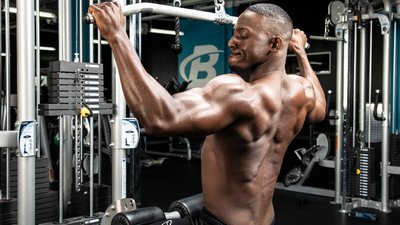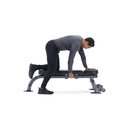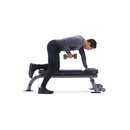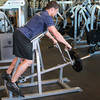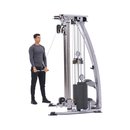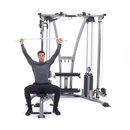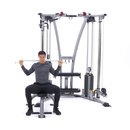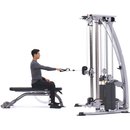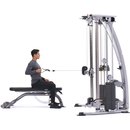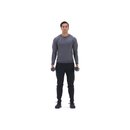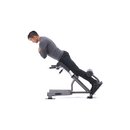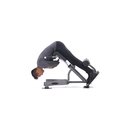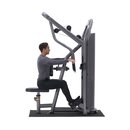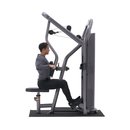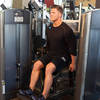If you are—or aspire to be—a physique competitor or bodybuilder, I don't need to impress upon you how critical it is to have a well-developed back. As for the rest of you, I get that it may take some convincing. You don't see your back when you're looking in the mirror, and people don't see it when you're entering a room, so it's understandable if back training isn't at the top of your workout schedule.
But ask yourself this: What do people see when they look at you from behind? Are they dazzled by a rugged, thick, flaring wedge of iron? Or is there a void between your shoulders; a flat, muscle-less expanse that cries weakness?
You've got to respect your back, brother, so here are six workouts for six specific back-development goals. Choose the one (or more) that matches your individual needs, then go after it for 4-6 weeks to become a true 360-degree badass.
These workouts are just the start, though. You'll find dozens of full programs to keep your back growing in the BodyFit by Bodybuilding.com Muscle-Building Workout Plans. Once you master the routines here, use BodyFit to take your entire upper body to the next level.

Workout Notes
- The following workout routines don't include warm-up sets. Do as many warm-up reps as you need, but never take warm-ups to muscle failure.
- Choose a weight that allows you to reach muscle failure by the target rep listed in the workout.
- Keep your form tight, and never allow your lower back to round.
- Use a weight belt for deadlifts and rows, and wrist straps to reinforce your grip.
Goal: Overall Back Mass
If you haven't been giving your back the same amount of gym time and effort as other muscle groups, odds are it's lagging miles behind them. To help it catch up, focus on building pure, raw mass.

Building mass boils down to working hard and heavy, mostly with free weights. Do straight sets in the 8-10 rep range, taking enough time between sets—usually 90-120 seconds—to recover your breathing rate and your strength. Heavy deadlifts may require an additional minute of rest.
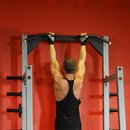
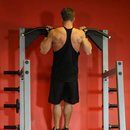
Goal: Greater Back Thickness
Aside from a general lack of back development, the most common issue is having a "two dimensional" back: Your back has decent width, but it's flat like a Midwestern prairie. You need to beef it up and make it thicker so that eventually it becomes 3D.
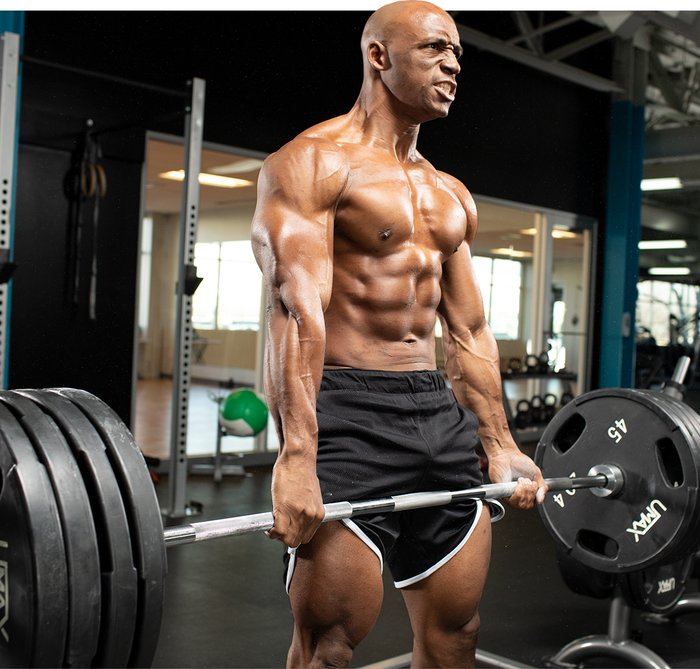
This is where wrist straps come in. There's no way you'll do justice to your lats in this workout without straps. Your grip will give out at some point, your workout will be cut short, and so will your back. Heavy rows and deadlifts are what make for a thick, beastly back. Wrist straps will see to it that you can do plenty of them!
Goal: Greater Back Width
A wide back is all about having the most pronounced V-taper possible. In this routine, you'll be focusing on the top of the V, meaning the upper back. Various chin-ups and pull-downs will serve our purpose.
Full disclosure: Much of what we perceive as back width is merely a factor of your bone structure. If you have wide clavicles—especially if you also happen to have a narrow waist and hips—you'll create the illusion of a wide back even if you don't have a lot of muscle tissue back there. Still, anyone can make his back wider if he works hard on the right exercises, such as the ones below.
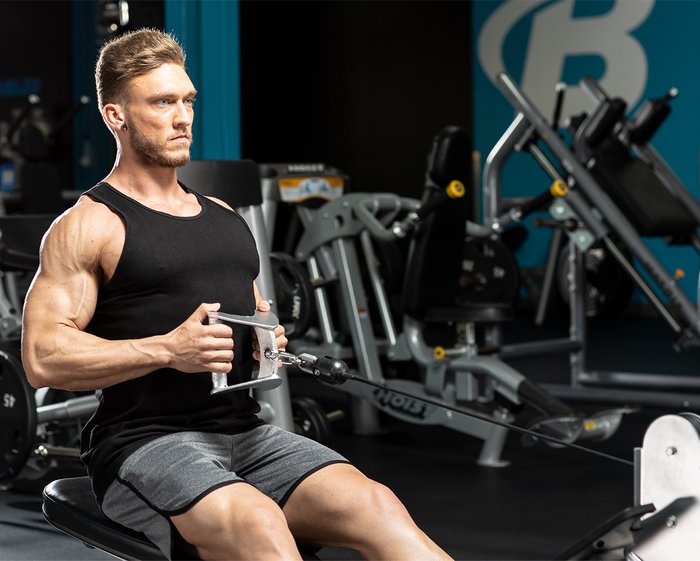
For all the movements in this workout routine, you'll place your hands a couple inches beyond your shoulders on each side. If you try to use the widest possible grip, such as by gripping the very ends of the lat pull-down bar, you won't achieve a full range of motion or a full lat contraction. Don't go that wide! Use a pronated, palms-away grip an all these movements, except the lat pull-downs. For these, use a neutral grip with your palms facing each other.
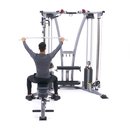
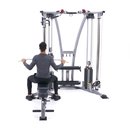


Goal: Greater Back Detail
Assuming you already have decent back mass, this workout will hone and refine it. We'll use higher reps and supersets, and target all parts of this large and complex group of muscles we simply refer to as "the back."
Fact: The more body fat you're carrying, the less detail and definition will show in all your muscle groups. Being lean will allow you to display greater back detail, but there are some decades-old techniques to develop enhanced muscle detail separate from your body fat levels.
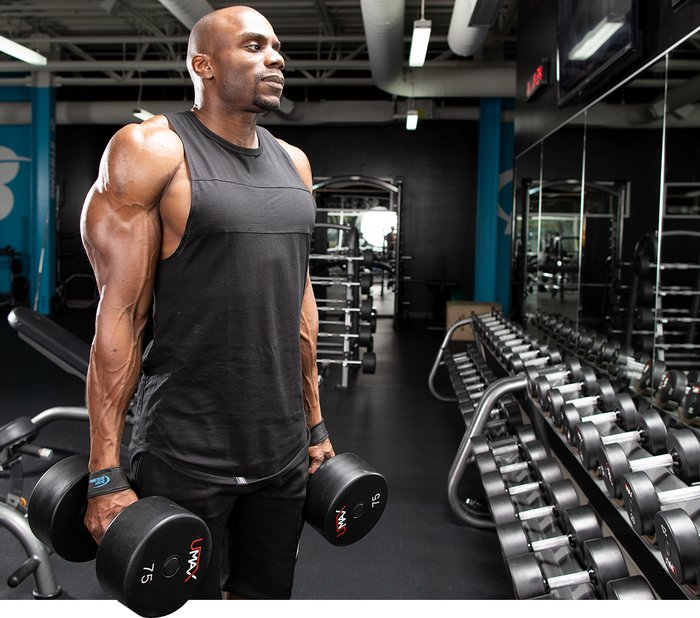
As you go through the routine, do your best to focus more on squeezing the muscles and feeling them contract and stretch. That may mean slowing down your reps and taking as much as a full second to nail that contraction. Your goal is to feel that contraction deep down in every muscle fiber, so if you must slow down to make that happen, take your sweet time.
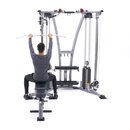
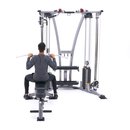
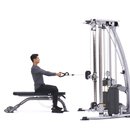
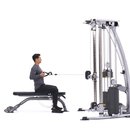
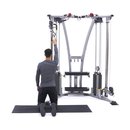
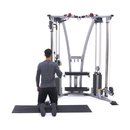
Goal: Safe Lower-Back Routine
If you've never had a lower back injury and don't deal with at least occasional lower back pain, count yourself very lucky. Few things are as painful to deal with as lower back issues. For those of us who strive to improve our physiques, these issues can have a very negative and limiting effect on our training.
This rings especially true when it comes to leg or back training. When your lower back is in pain, you simply can't do everything you'd like to do—exercises you see everyone else around you doing. This doesn't mean you have to halt your back development until your lower back has recovered, it just means you need to have a plan and be mindful of what to avoid.
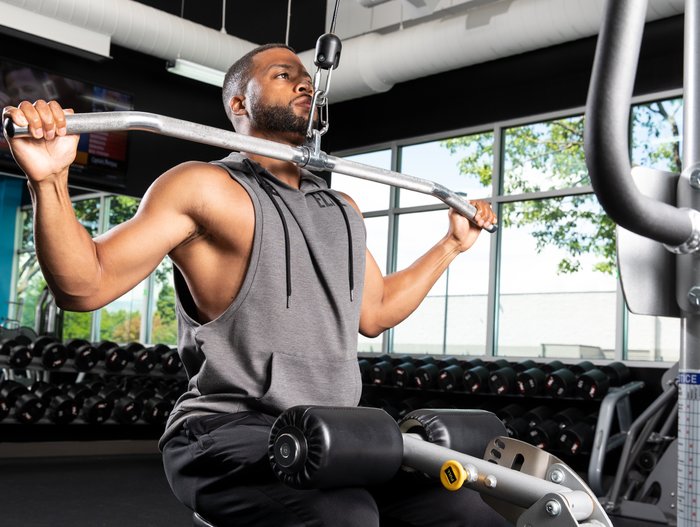
All types of chin-ups and pull-downs—unlike bent-over rows and deadlifts—are safe lower back exercises because they don't put the lumbar spine in a compromised position under load. To make your rowing movements safe, use chest support to prevent you from arching or rounding your lower back too much.
The key to keeping this workout safe and productive is to stay on the pad on all rowing movements. If you allow your torso to come off the supporting pad as you pull back, you defeat the purpose of the support.
Goal: Laying a Foundation
Finally, we need a basic routine for those just starting out. It should be simple, but feature time-proven exercises that have helped generations of lifters lay a solid foundation for a great back.
Beginners are best served by hard work on just a handful of productive exercises. Avoid the temptation to go heavier and sacrifice form in a misguided attempt to accelerate progress. If you jump the gun and increase the weight too soon, you may be able to move the weight, but you won't be recruiting the target muscles properly.
More often than not, trying to move too much weight too soon ends in injury. Master your form and strive to cultivate a mind-muscle connection. The back is the most difficult area to achieve this connection in, so take your time and concentrate on each rep.
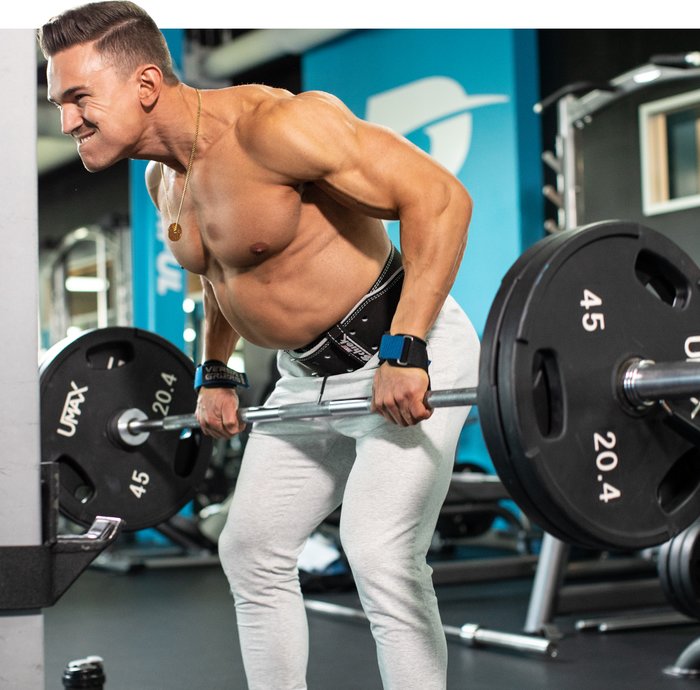
Do this workout routine just as it's listed. Avoid the temptation to add more exercises or sets, and steer clear of any advanced intensity techniques such as dropsets, supersets, or forced reps. There will be ample time for all that later. For now, master the basics and work on feeling your lats contract and stretch with every rep.



